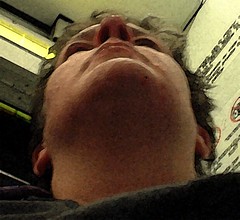by John Polkinghorne
Oxford University Press, USA (2002), Edition: 1st, Paperback, 128 pages
Grammar read results: grabbing the ideas
Title: History, Methods, and Meaning in Quantum TheorySubtitle: Telling the Story and Describing the Beauty of Quantum Physics to the Non-Mathematician
- Chapter 1: (Classical Cracks) A series of discoveries concerning the natures of light and the construction of the atom at the end of the 19th century undermined the certainty of classical physics and paved the way for quantum physics.
- Chapter 2: (The Light Dawns) Further investigations into the wave nature of light let to quantum theory and quantum logic, in which false, true, and maybe are all possible.
- Chapter 3: (Darkening Perplexities) Issues raised by the probabilistic nature of quantum physics and the apparent collapse into determinism upon measurement may lead to the next shift in quantum theory.
- Chapter 4: (Further Developments) The exploration and exploitation of quantum theory in the mid-twentieth century has solved some sticky questions, led to real world solutions, and opened the door to additional discovery.
- Chapter 5: (Togetherness) The EPR paradox shows that an ontological connection is made when two particles interact, such that, despite spatial distance, a change in one particle immediately causes a change in the other.
- Chapter 6: (Lessons and Meanings) If quantum theory is an increasingly clear picture of the way things actually are, then our ways of knowing and determining truth go well beyond the objective and empirical.



No comments:
Post a Comment